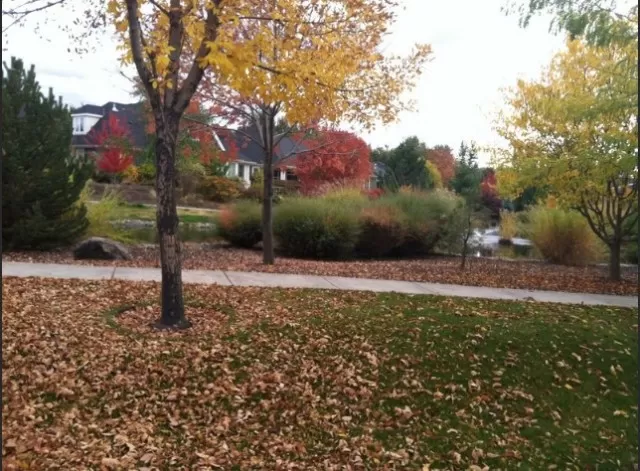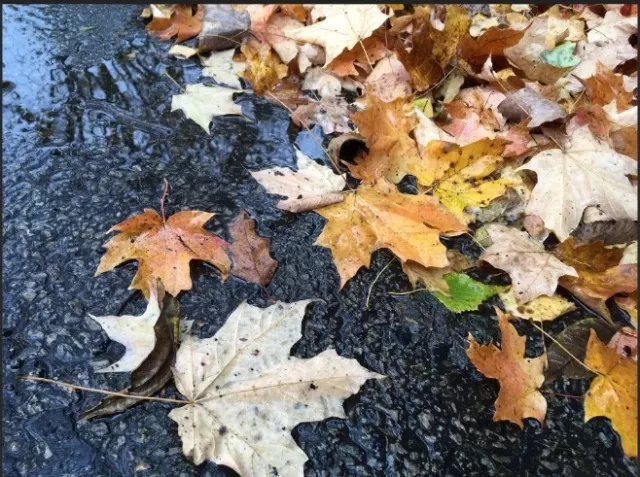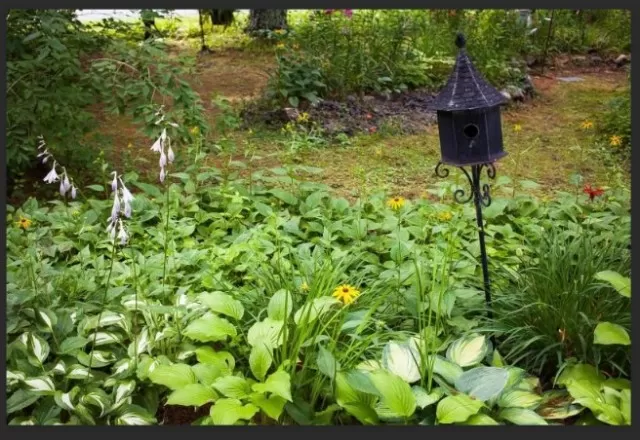Why Fall Mulching Benefits Your Garden. As the winter chill begins to set in, the task of preparing your garden for the cold months ahead can seem like a daunting endeavor. Enter mulching – a simple yet remarkably effective technique that not only safeguards your garden during the frosty season but also yields valuable dividends when spring bursts forth anew.
Mulching isn’t just about protecting your plants from the biting cold; it’s a strategic move that pays dividends in time, money, and energy conservation. By adding a layer of organic material or other suitable materials to your garden beds, you create a cozy blanket that shields your plants’ delicate roots from the harsh elements. This insulation prevents freezing and thawing cycles that can lead to soil upheaval and damage.
However, the benefits of mulching extend far beyond the wintertime. As the first signs of spring awaken your garden, you’ll find that your investment in mulching has translated into saved time, preserved resources, and increased vitality. The protective layer of mulch helps retain soil moisture, reducing the need for frequent watering. Additionally, it acts as a barrier against pesky weeds, curbing their growth and minimizing the need for arduous weed-pulling sessions.
When it’s time to welcome spring with open arms, you’ll find that your garden beds are primed and ready for your creative touch. The mulch, having shielded the soil from the winter’s harshness, ensures that your plants have the best possible start to the growing season. Not only does this save you the effort of extensive soil preparation, but it also bolsters the health and vibrancy of your garden, setting the stage for a successful and bountiful season ahead.
Surpass the Expected with Proactive Measures

Investing a bit of time in your garden’s preparation can yield substantial time and energy savings in the future.
The practice of mulching, which involves applying a protective layer of organic material over your soil, not only adds an aesthetic touch and shields your flower beds during the transition to late spring, but it also delivers an array of advantages for your autumn and winter gardens. By safeguarding the delicate roots, thwarting the intrusion of unwanted weeds, and enriching the soil ecosystem, mulching emerges as a true hero for your garden’s well-being.
As the fall season approaches, take the initiative to mulch your flower beds, reaping both immediate and enduring rewards for your cherished garden space.
Nurture Your Perennials for Years to Come
Distinguishing themselves from their annual counterparts, perennial plants exhibit the remarkable ability to grace your garden year after year—given the proper care, of course.
As autumn approaches, seize the opportunity to bestow some tender loving care upon your perennials, ensuring their longevity and resilience. A judicious step involves applying a generous layer of mulch encircling the sturdy stalks and intricate roots of these enduring plants. With the onset of cooler temperatures, the roots residing within the uppermost layers of soil become susceptible to stress and frost damage. Enter mulch, the guardian of root health. Opt for mulches composed of finer constituents such as leaf compost or pinestraw; their fine texture acts as an insulating shield against the elements. Unlike coarser wood chip or bark mulches, these delicate organic variants readily decompose, furnishing your plants with vital nutrients throughout the winter season. By embracing this seasonal practice, you’re not only safeguarding your perennials but also ensuring their vitality for the years to come.
Elevate Soil Quality

The gradual decomposition of organic materials within the mulch bestows a valuable gift upon your soil: a steady supply of essential minerals and nitrogen.
This enriching process transpires across the fall and winter seasons, setting the stage for vigorous shoots and vibrant blooms to grace your garden come springtime. However, the benefits extend beyond mere nutrition.
By mulching during the autumn months, you provide a cozy haven for soil-enhancing earthworms and beneficial microorganisms. This extra layer of warmth and sustenance ensures their survival throughout the winter, enabling them to work their magic even more effectively when the growing season resumes.
In essence, the act of mulching imparts a holistic boost to your garden’s entire ecosystem.
The crux of success lies in selecting the most suitable mulch variety for your specific needs. Bark chips stand as the perfect choice for nurturing trees, while straw takes the lead in nurturing vegetable beds and strawberry patches.
Should your desire be to care for ornamental flowers and shrubs, then pine needles or shredded leaves emerge as the prime contenders, fostering both aesthetics and vitality within your cherished garden sanctuary.
Mitigate Drastic Temperature Fluctuations
As the calendar ushers in autumn, numerous geographical areas experience pronounced shifts in weather patterns.
During this transitional period, the alternating cycles of freezing and thawing pose a significant threat to the vulnerability of delicate root systems—particularly those nestled closer to the surface. The practice of mulching proves to be a powerful ally in this regard. By creating an insulating barrier around plant roots, mulch acts as a shield against the adverse effects of temperature extremes.
This protective measure operates on two fronts: firstly, by elevating the freezing threshold of the soil, and secondly, by moderating the oscillations in temperature.
The outcome is nothing short of remarkable—plants that stand fortified against stressors and disruptions. The incorporation of mulching into your gardening routine equips your plants with the fortitude to weather the challenges posed by erratic weather swings.
As autumn sets the stage for these transformative changes, mulch becomes a strategic tool in fostering the strength and resilience of your garden’s botanical inhabitants.
Combat Unwanted Weeds

The benefits of mulch transcend soil enrichment, as it wages a silent yet effective war against the persistent presence of weeds.
Acting as a dual agent of suffocation and deprivation, mulch obstructs the growth of weeds while simultaneously depriving them of the vital sunlight they crave. Embrace this ingenious approach by implementing a simple technique: lay down a layer of newspaper, approximately 1/4-inch thick, around your plants or in areas where weed proliferation is a concern.
This clever strategy doesn’t end with newspaper; it’s only the foundation.
Once in position, blanket the newspapers with a generous covering of wood chips, or opt for a substantial layer of grass clippings, pine bark, or straw, approximately 3 to 4 inches in depth. This amalgamation of layers forms an impenetrable barrier that stifles weed growth, preventing their relentless march through your garden beds.
However, be mindful of the newspaper selection; make sure to utilize newspapers printed post-1990.
This is crucial as modern newspapers utilize soy-based inks that are ecologically benign. By employing this technique, you’re not just thwarting weed intrusion, but also embracing an environmentally conscious approach to gardening that yields both aesthetic and functional rewards.
*The information is for reference only.